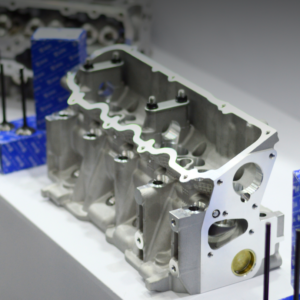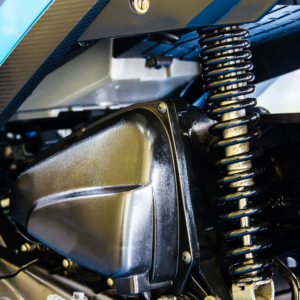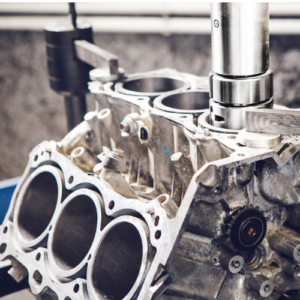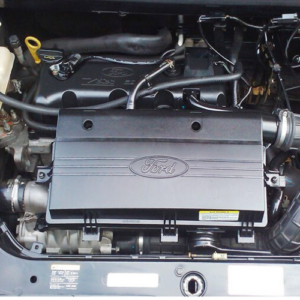The Fiasa engine, whose full name is "Fábrica Italiana Automobili Società Anonima," represents a line of engines produced by Fiat that quickly became a staple in the brand's vehicles, especially in Brazil. This engine, despite its name suggesting Italian roots, has a history deeply connected to Brazil, where it was developed and produced by Fiat do Brasil. Introduced to the market during the 1970s, Fiasa engines were one of Fiat's first initiatives to develop automotive technology domestically, demonstrating the company's commitment to local innovation and adapting to the specific needs and conditions of the Brazilian market.
Brazilian Origin
The creation of Fiasa engines was a response to the needs of the Brazilian automotive market. In the 1970s, Fiat do Brasil recognized the importance of developing an engine line that not only met local needs but also competed with imported engines in terms of performance, durability, and efficiency. This initiative marked an important step in the industrialization of the Brazilian automotive sector and helped establish Fiat as a reliable and innovative brand in the country.
Applications
Fiasa engines were widely used in several iconic Fiat models, beginning with the Fiat 147, which gained worldwide fame as the first mass-produced ethanol-powered car. This pioneering initiative not only reinforced Fiat's innovative image but also propelled Brazil to the forefront of alternative fuel technology. In addition to the Fiat 147, other highly successful models equipped with the Fiasa engine included the Fiat Uno, which became one of Brazil's best-selling cars, the Fiat Premio, the Fiat Elba, and the Fiat Fiorino. Even the first versions of the Fiat Tipo and Fiat Palio featured this robust engine line, demonstrating the versatility and enduring appeal of the Fiasa platform.
World's First Alcohol Engine
In 1979, Fiat made history by launching the 1.3-liter Fiasa engine, becoming the world's first mass-produced engine to use ethanol as fuel, installed in the Fiat 147. This innovation placed Brazil in a prominent position on the global stage, leading the transition to renewable and alternative fuels. The success of the ethanol engine not only demonstrated Fiat's capacity for innovation but also helped mitigate dependence on oil, a strategic move during the oil crisis that affected the world in the 1970s.
Technology and Versatility
Fiasa engines were known for their simplicity and robustness, characteristics that made them popular with consumers and mechanics alike. They were easy to maintain and repair, important qualities for the Brazilian market, where durability and ease of maintenance are highly valued. The Fiasa line included engines in various displacements, from 1.0 to 1.5 liters, and was available in both carbureted and electronic fuel injection versions. This versatility allowed the engine to meet a wide range of needs, from passenger cars to light commercial vehicles.
Performance
Although the Fiasa engine wasn't designed for high performance, it offered an attractive combination of fuel efficiency, reliability, and low maintenance costs. With good low-revving performance and a simple design, it was ideal for urban traffic and for consumers seeking an economical and practical car. These qualities helped cement the Fiasa's popularity in compact and entry-level cars, segments in which Fiat has always had a strong presence.
End of Production
In the 1990s, production of Fiasa engines was gradually phased out with the introduction of the FIRE (Fully Integrated Robotized Engine) family of engines. These new engines brought significant advances in fuel efficiency, emissions, and overall performance, reflecting changing consumer expectations and environmental regulations. The transition to the FIRE line represented a new chapter in the evolution of Fiat engines, maintaining the company's commitment to innovation and sustainability.
Legacy
The Fiasa engine left a significant legacy in the Brazilian automotive industry. It not only helped establish Fiat as a leader in the local market but also played a crucial role in promoting the use of alternative fuels, especially ethanol, in Brazil. This legacy is remembered not only for its contribution to fuel economy and sustainability, but also for the lasting impact it had on the national automotive identity. The history of the Fiasa engine is a testament to the power of local innovation and the ability to adapt to the specific needs and challenges of the Brazilian market, cementing Fiat as a brand synonymous with quality and reliability.
4th












